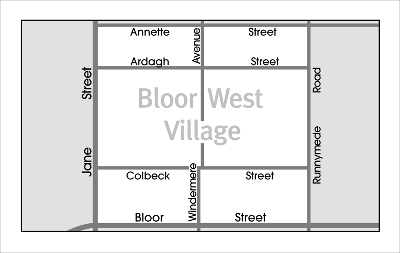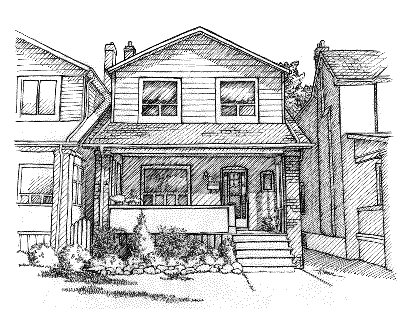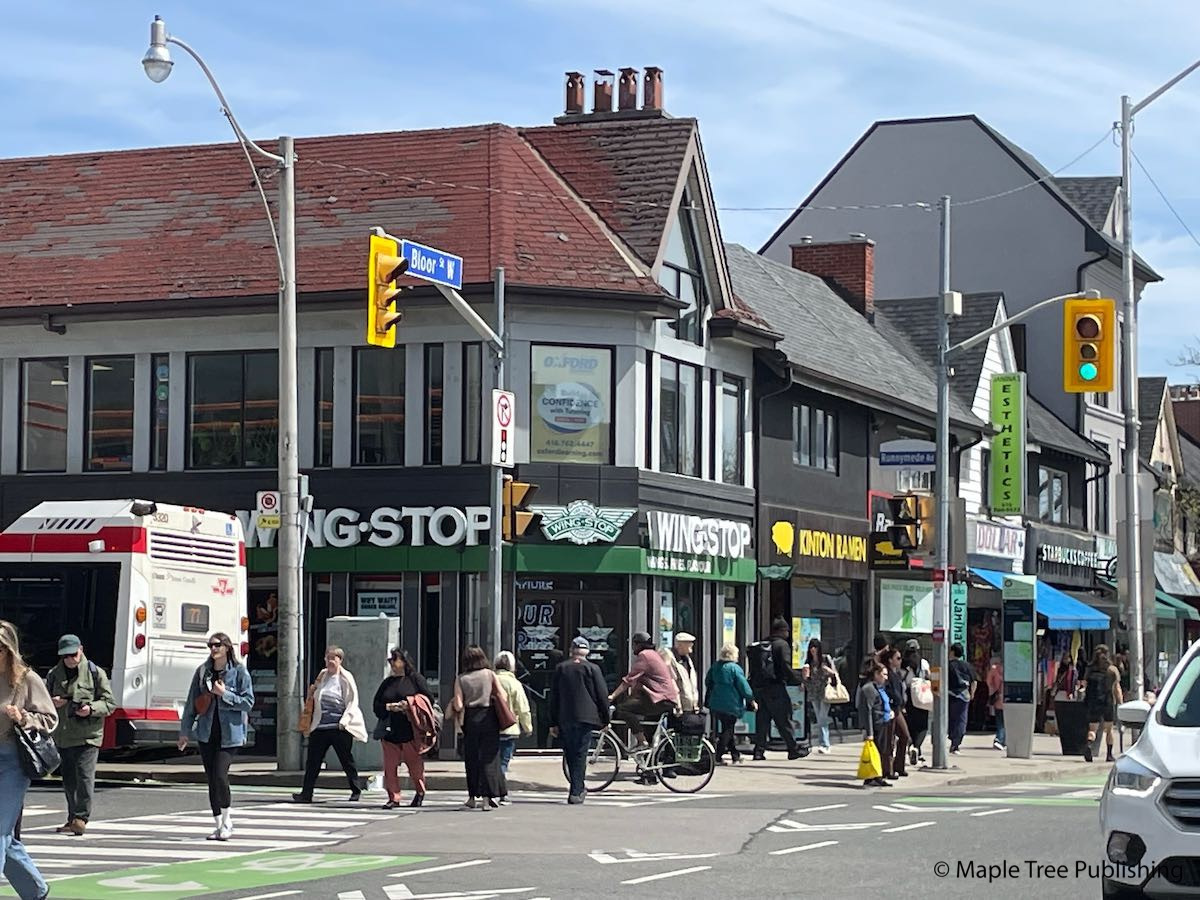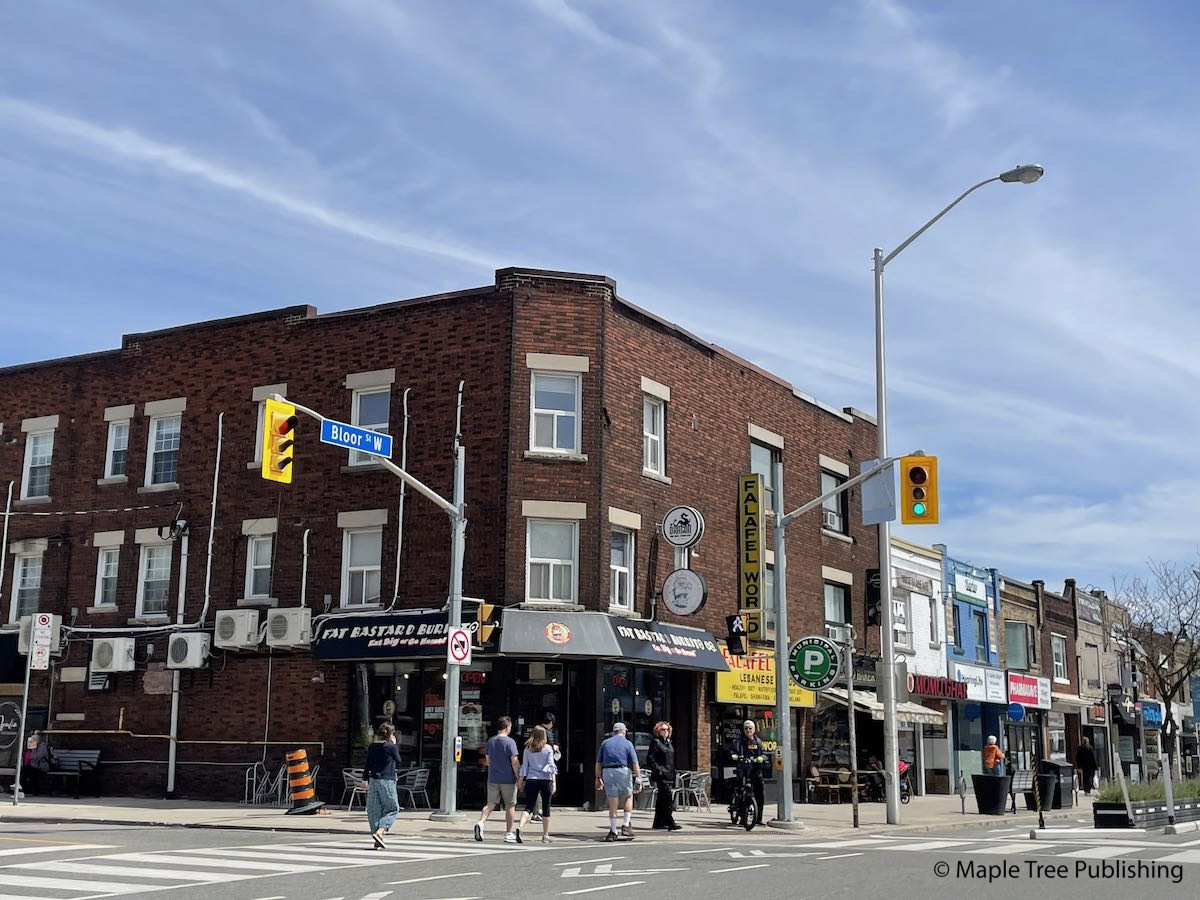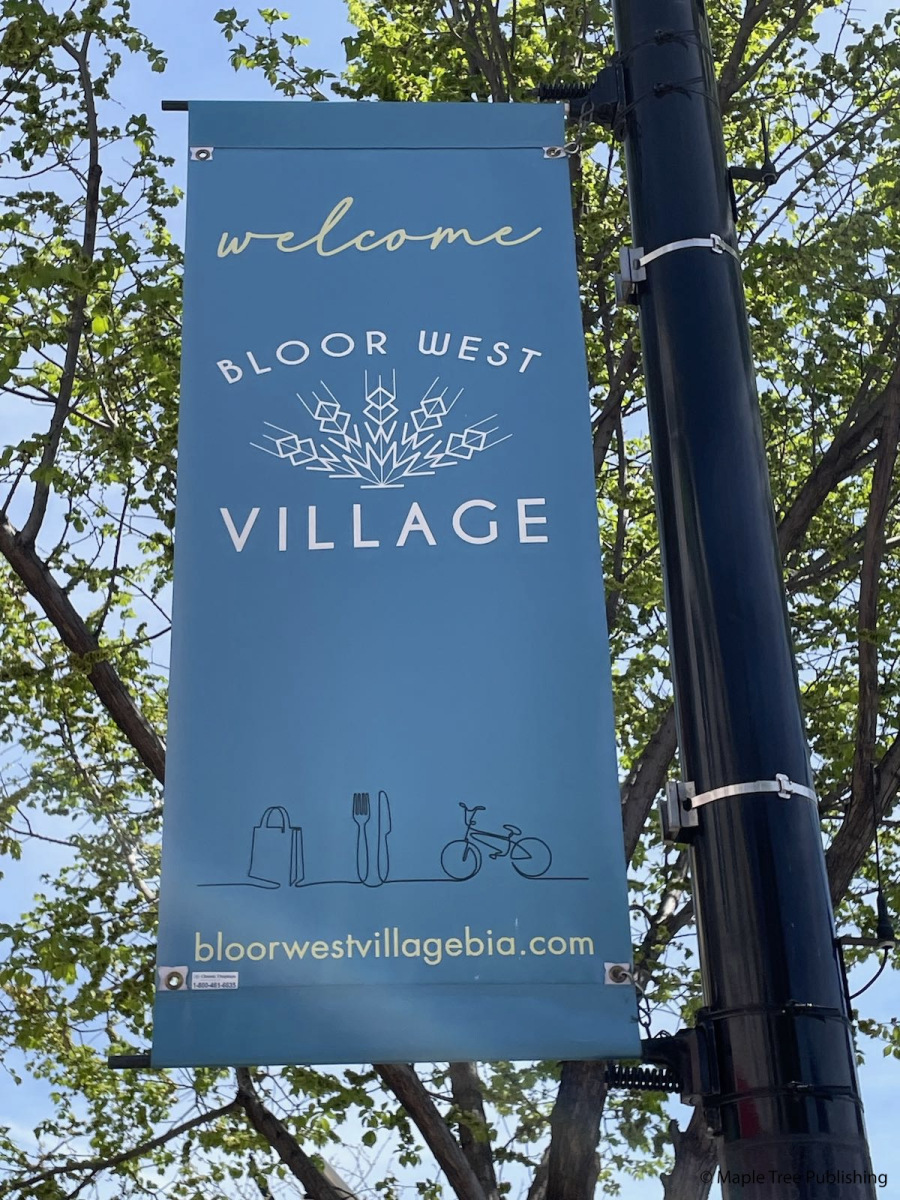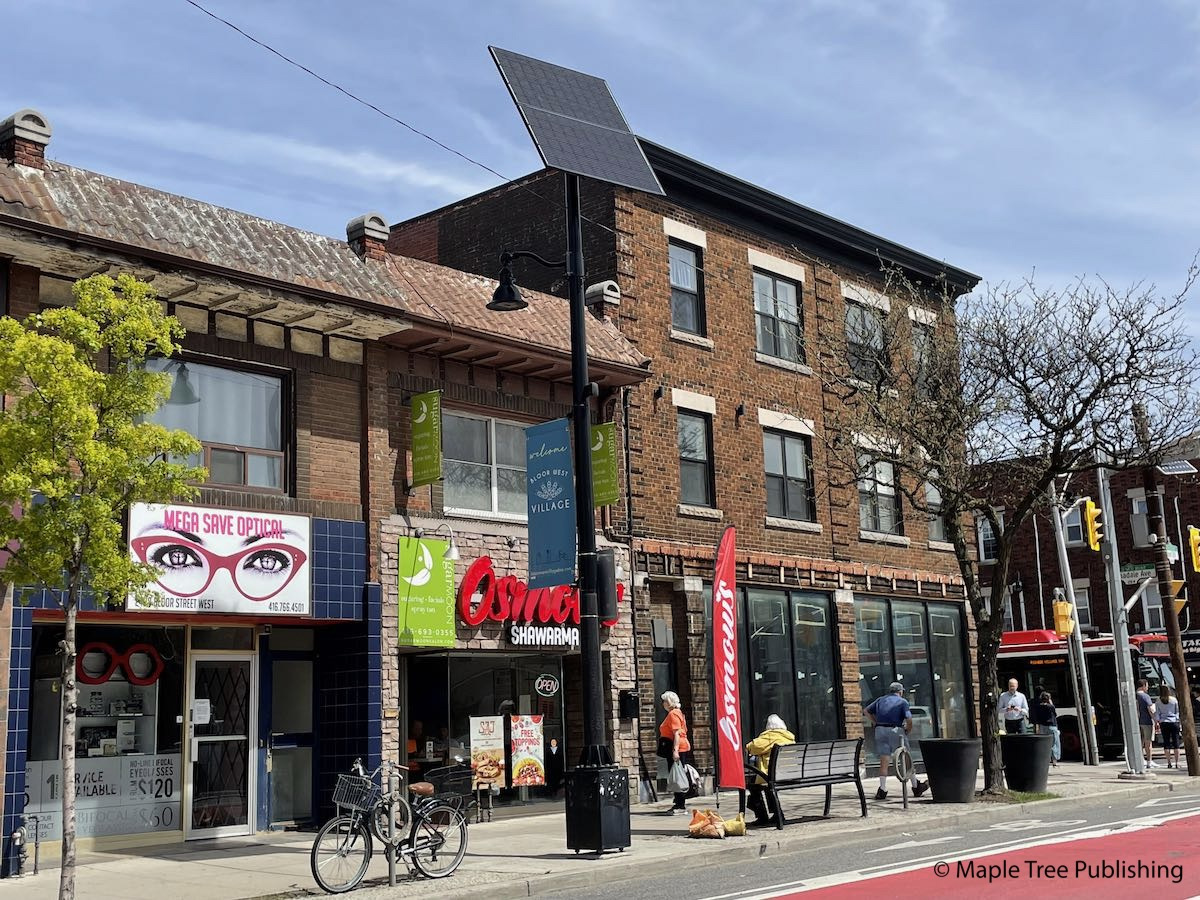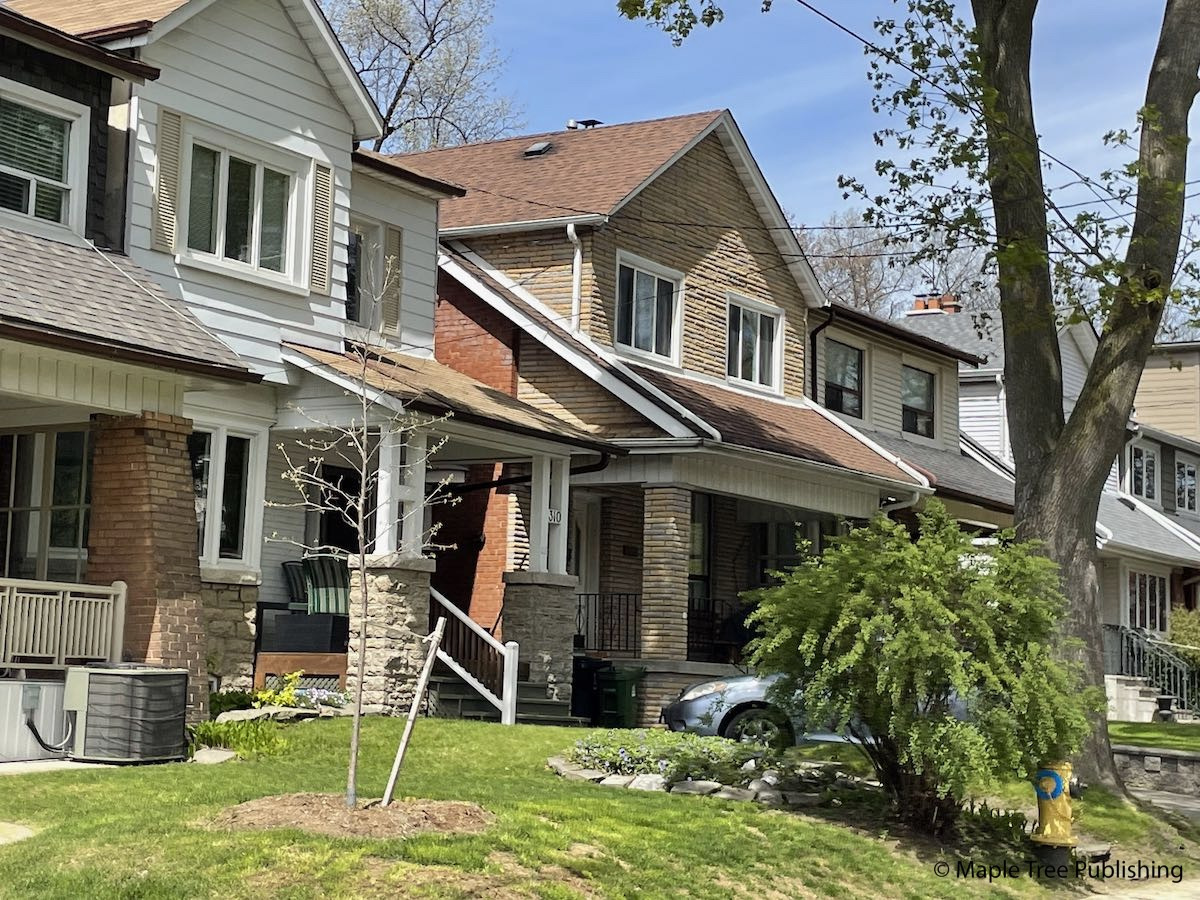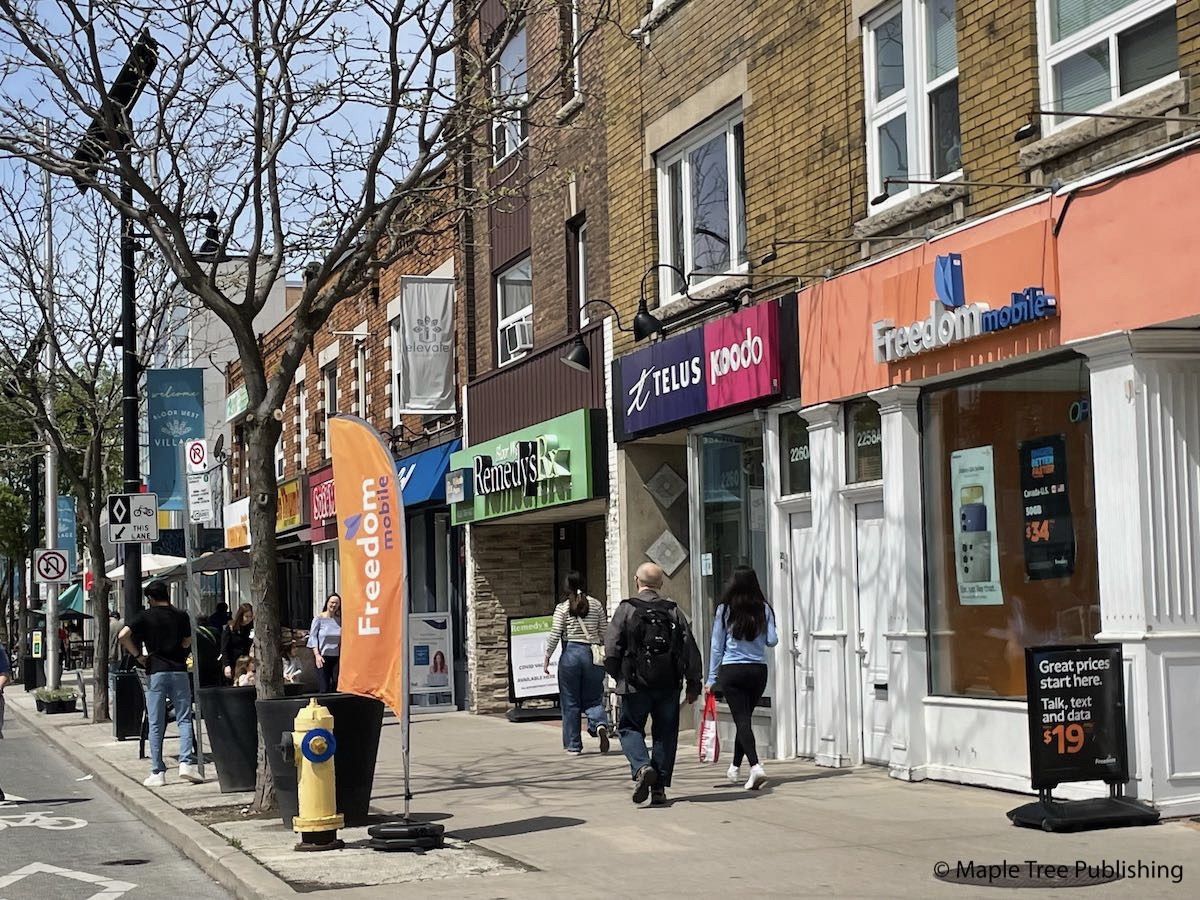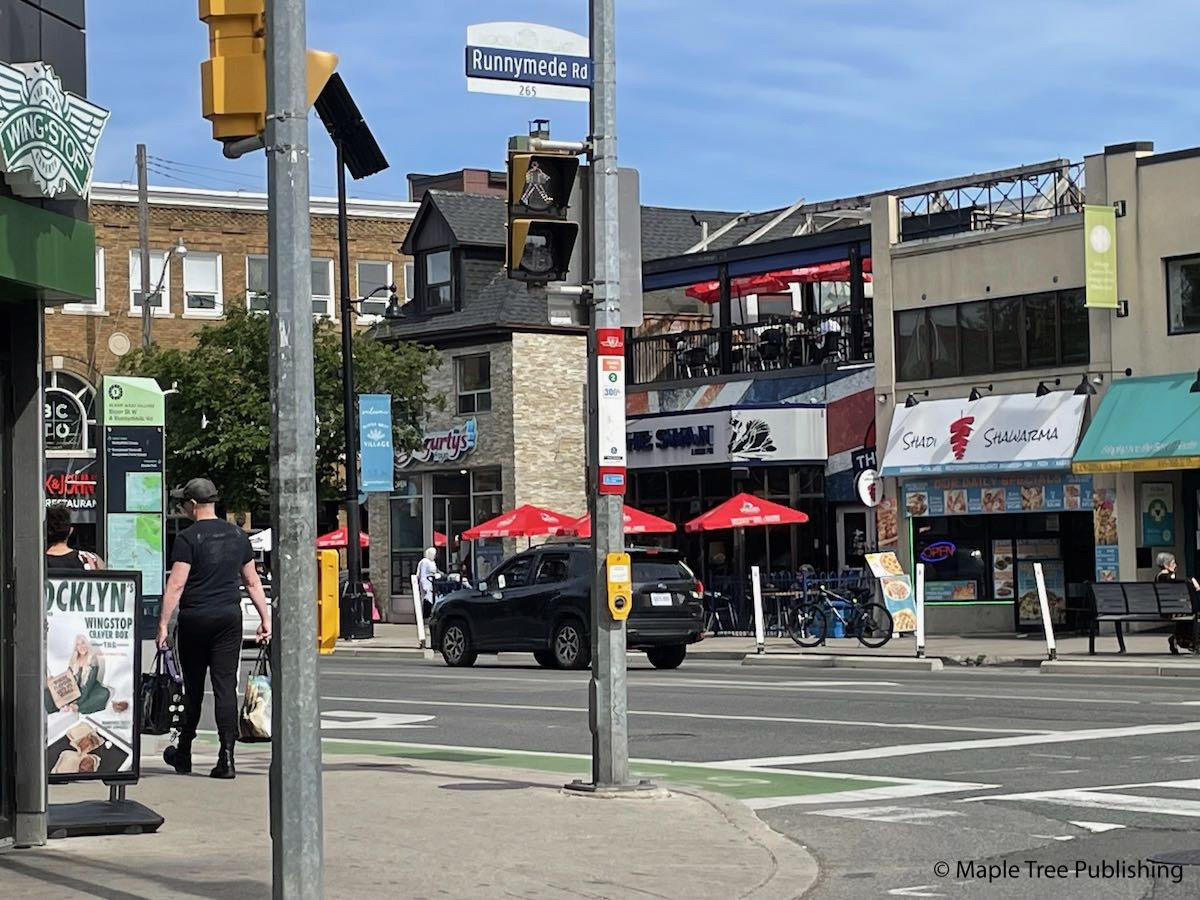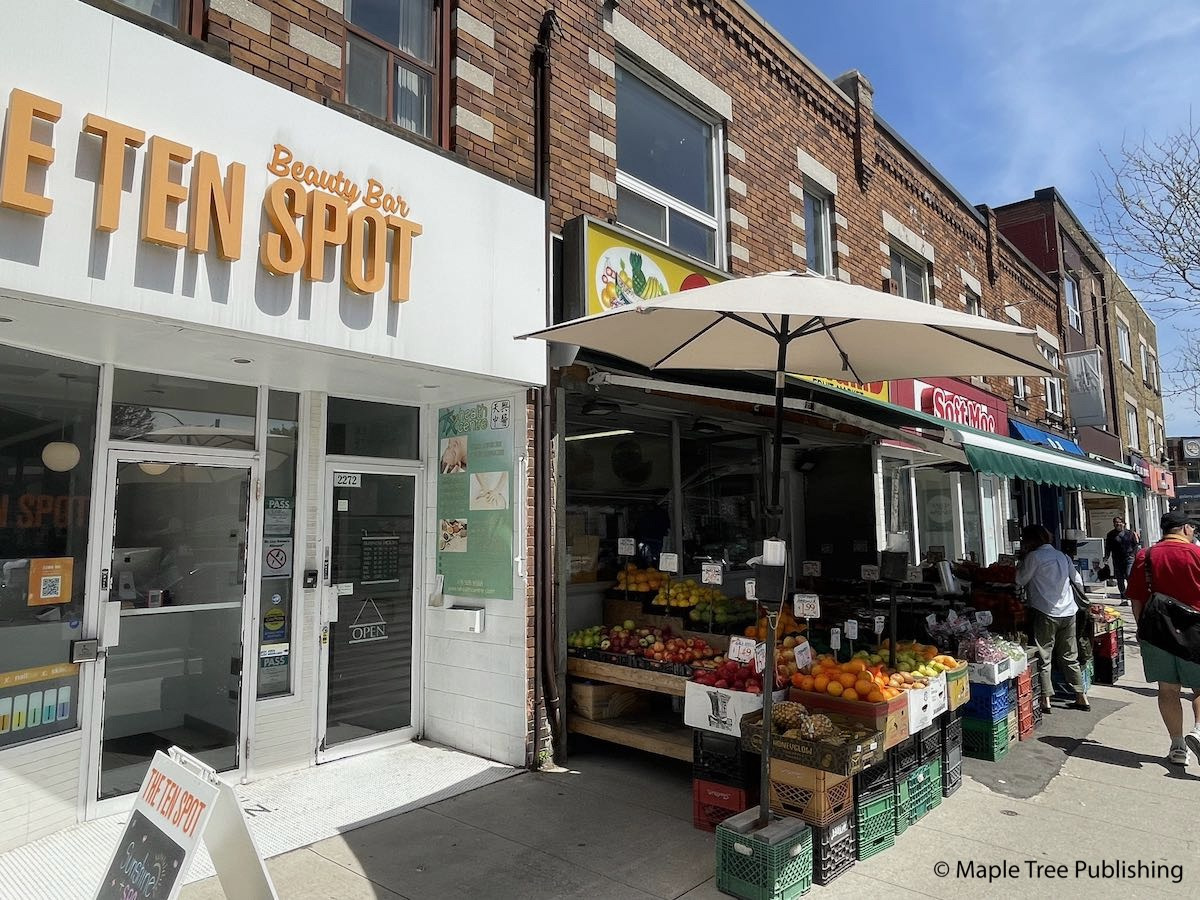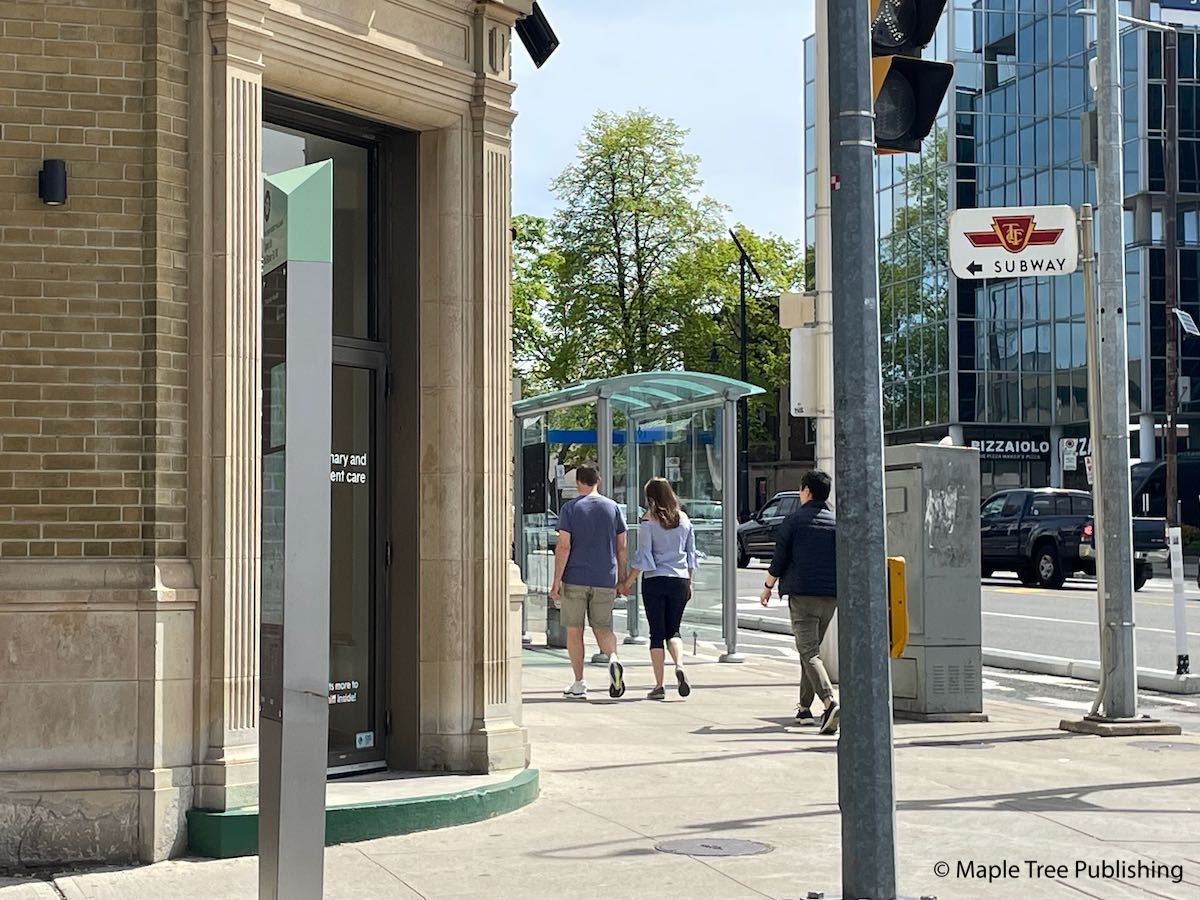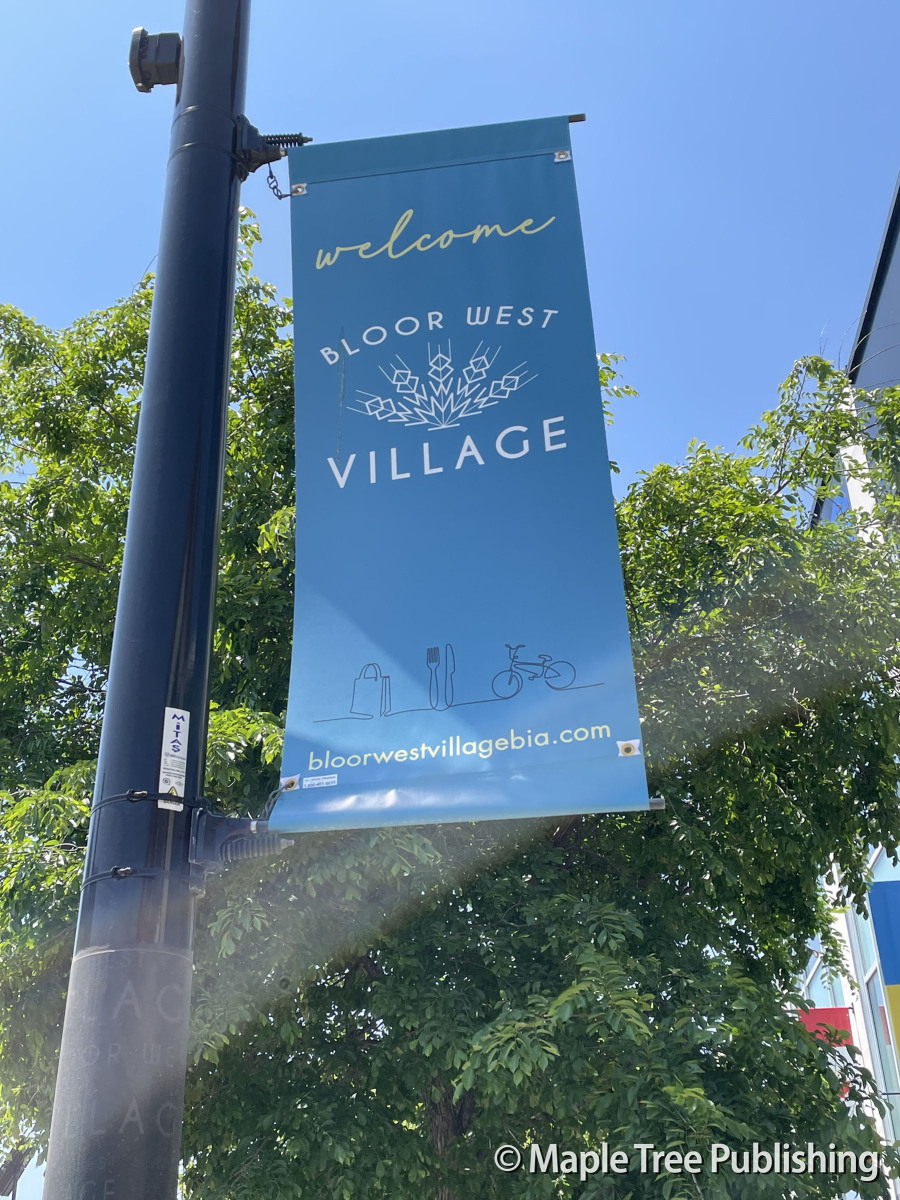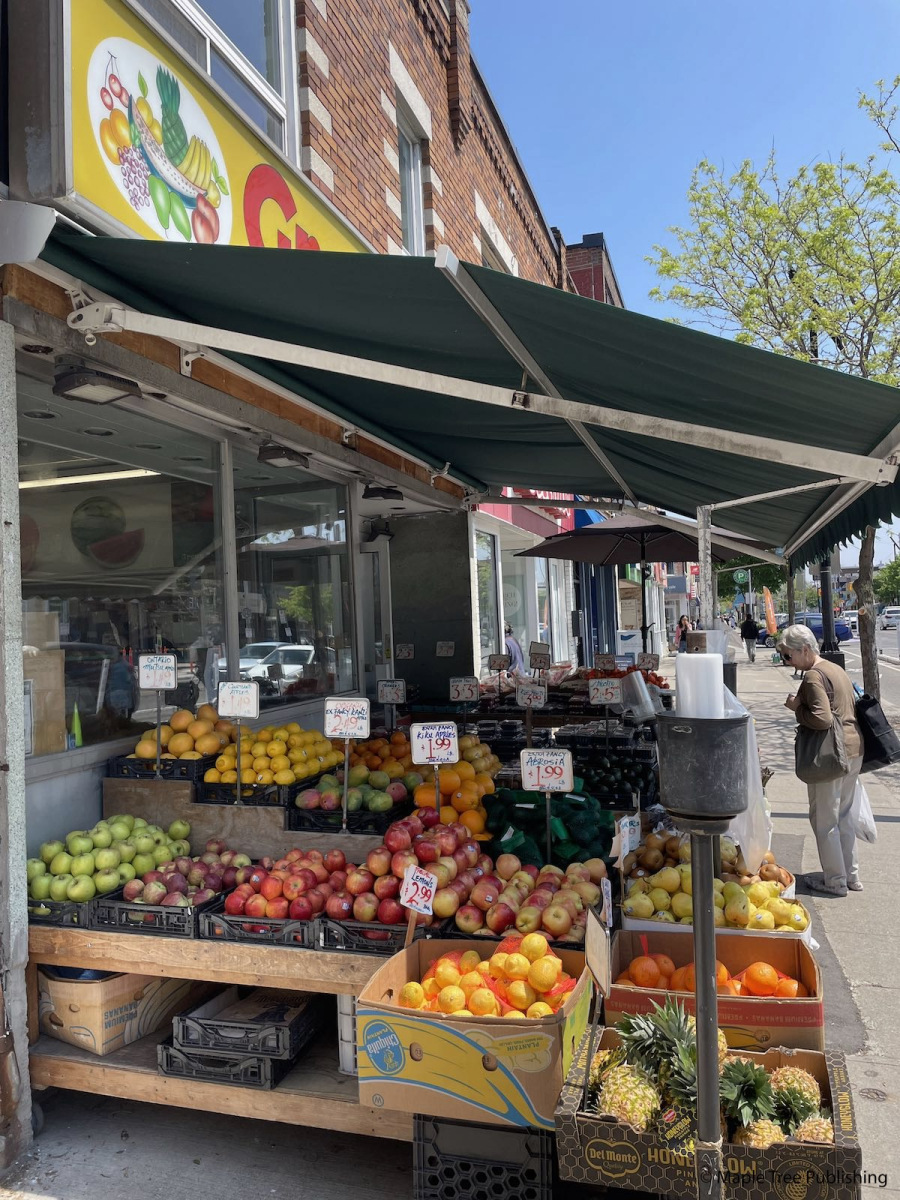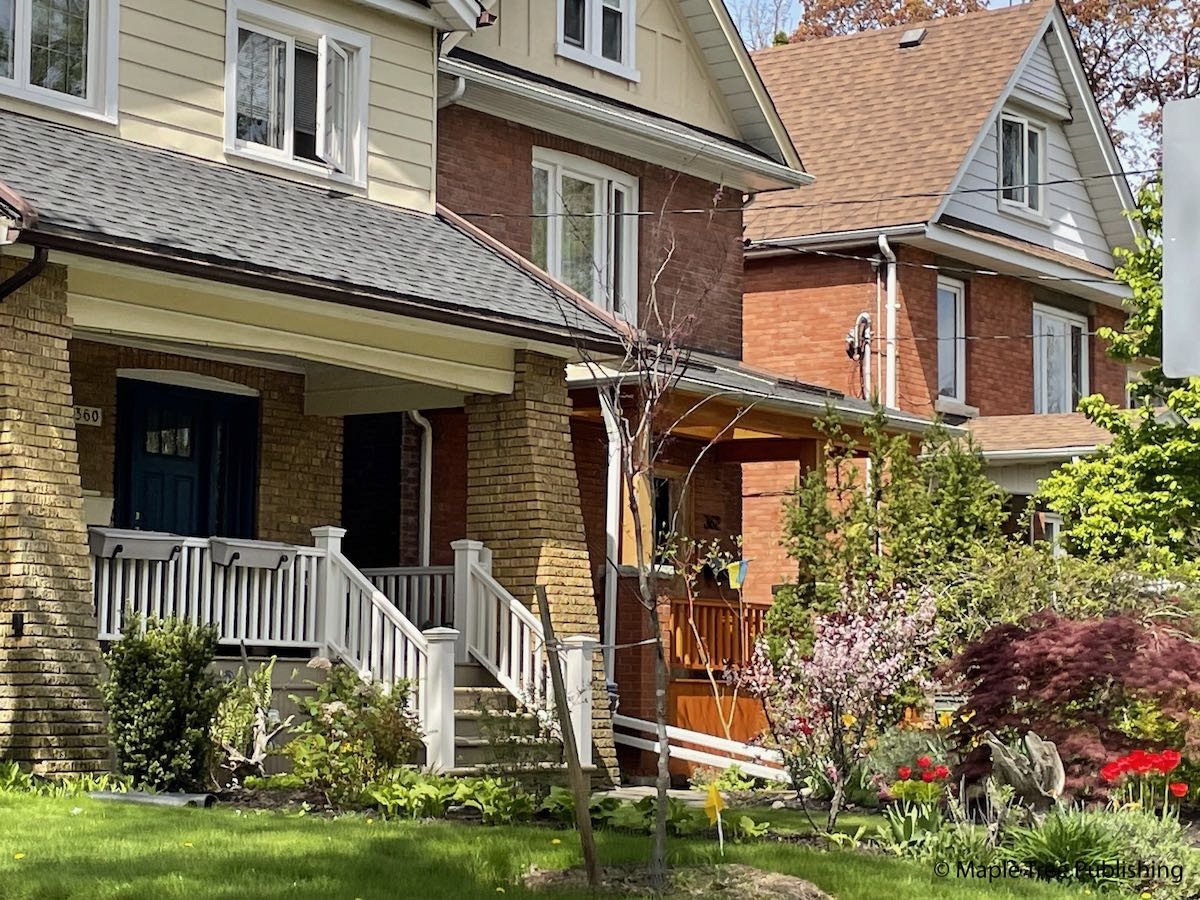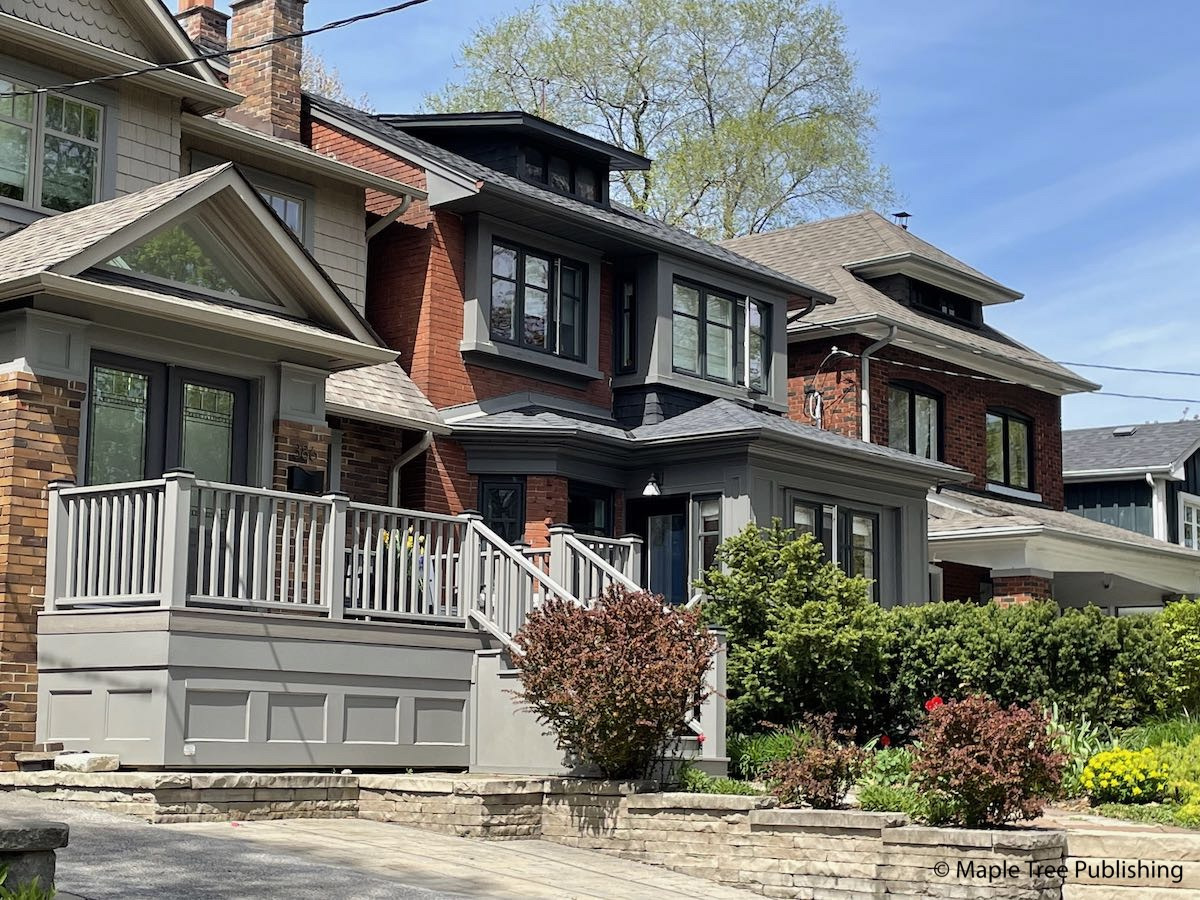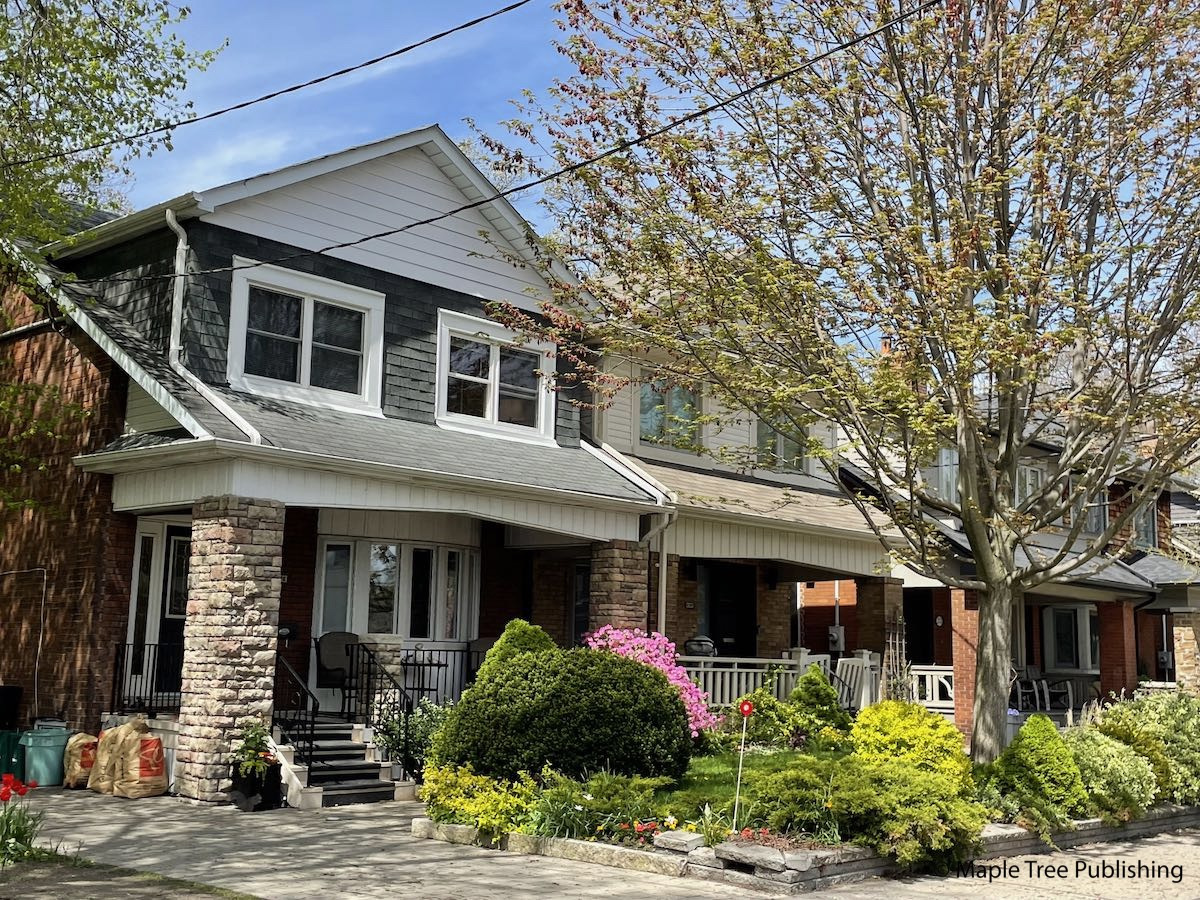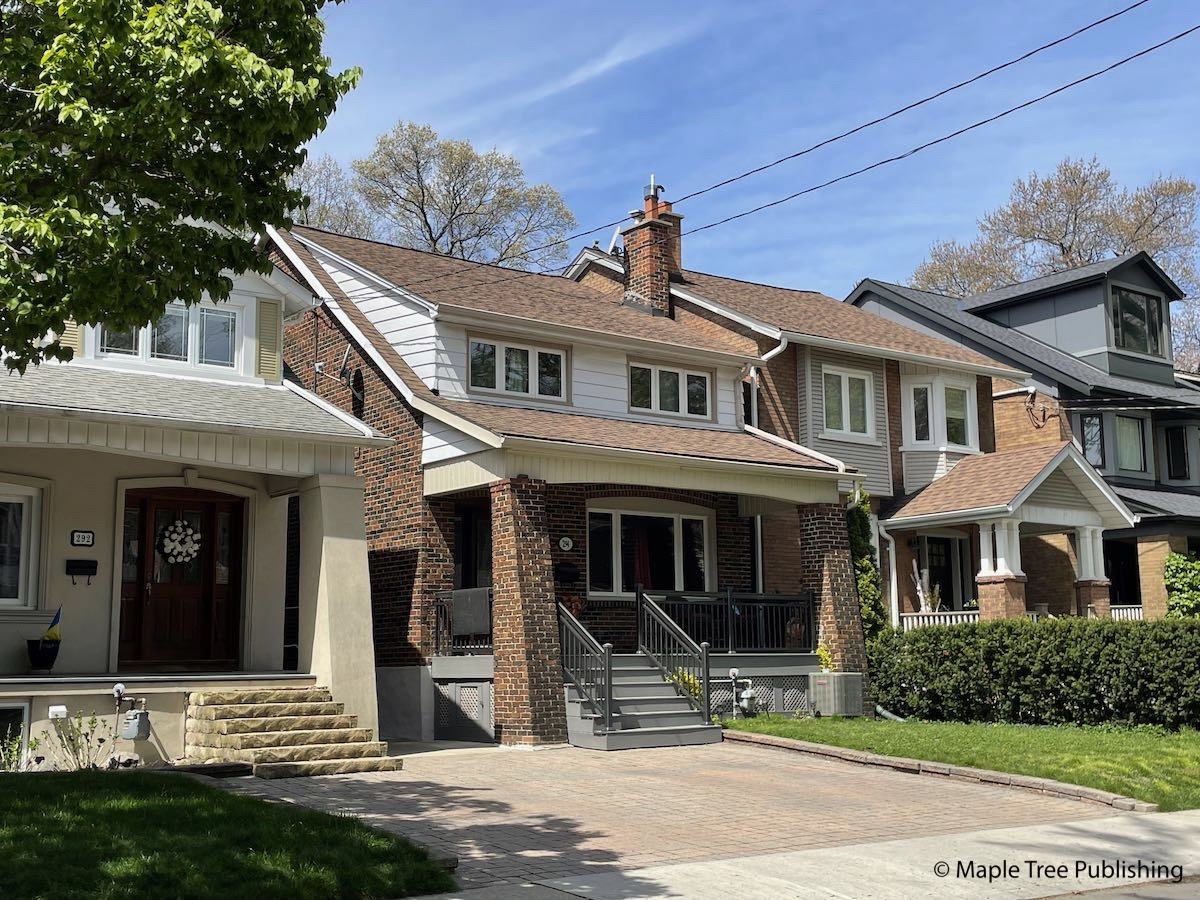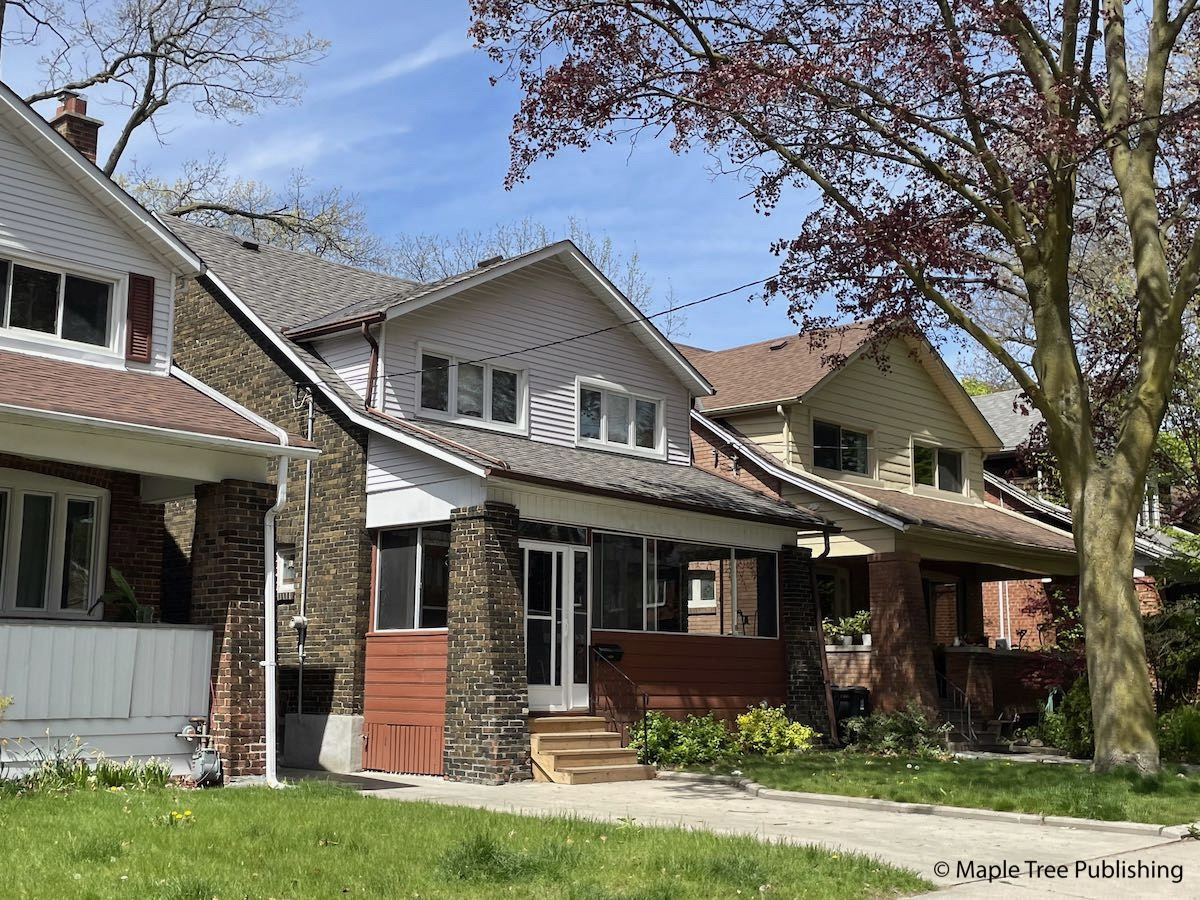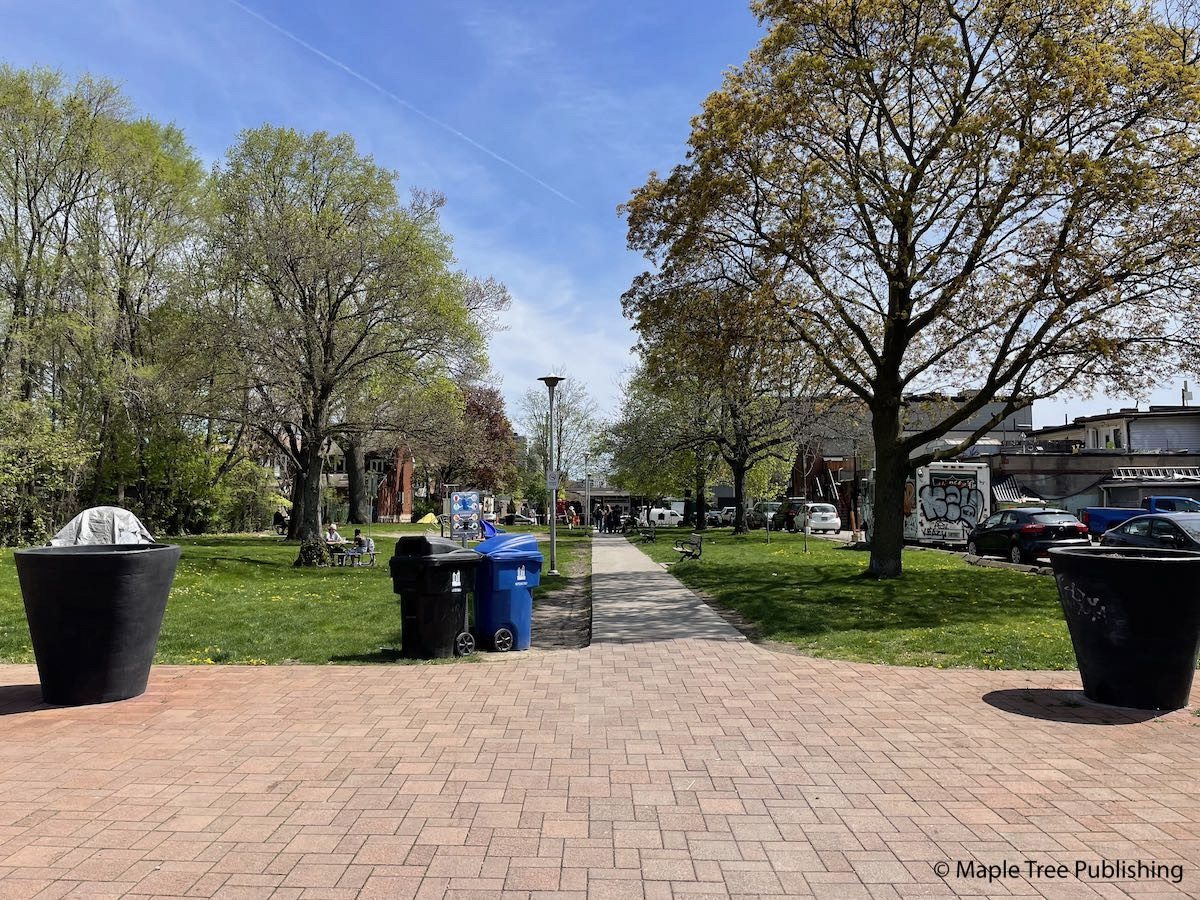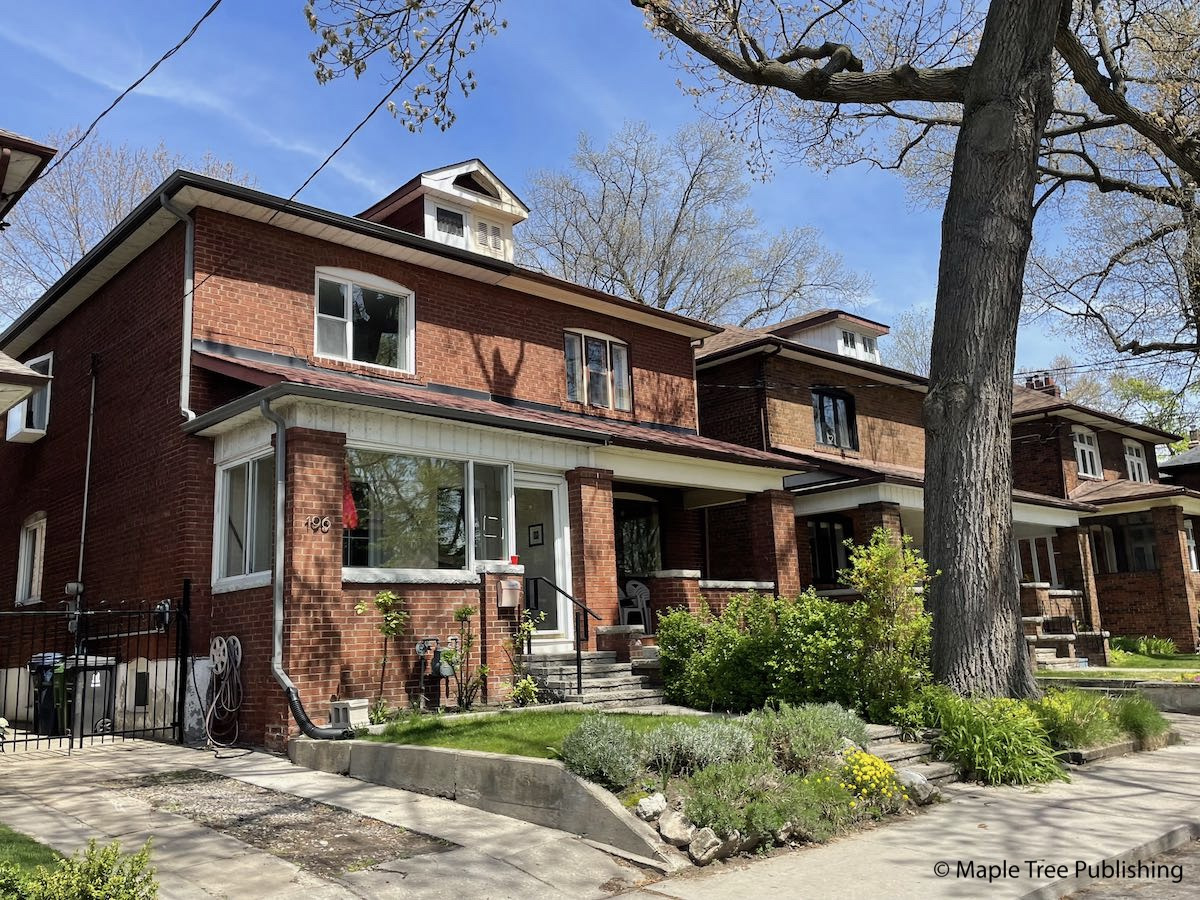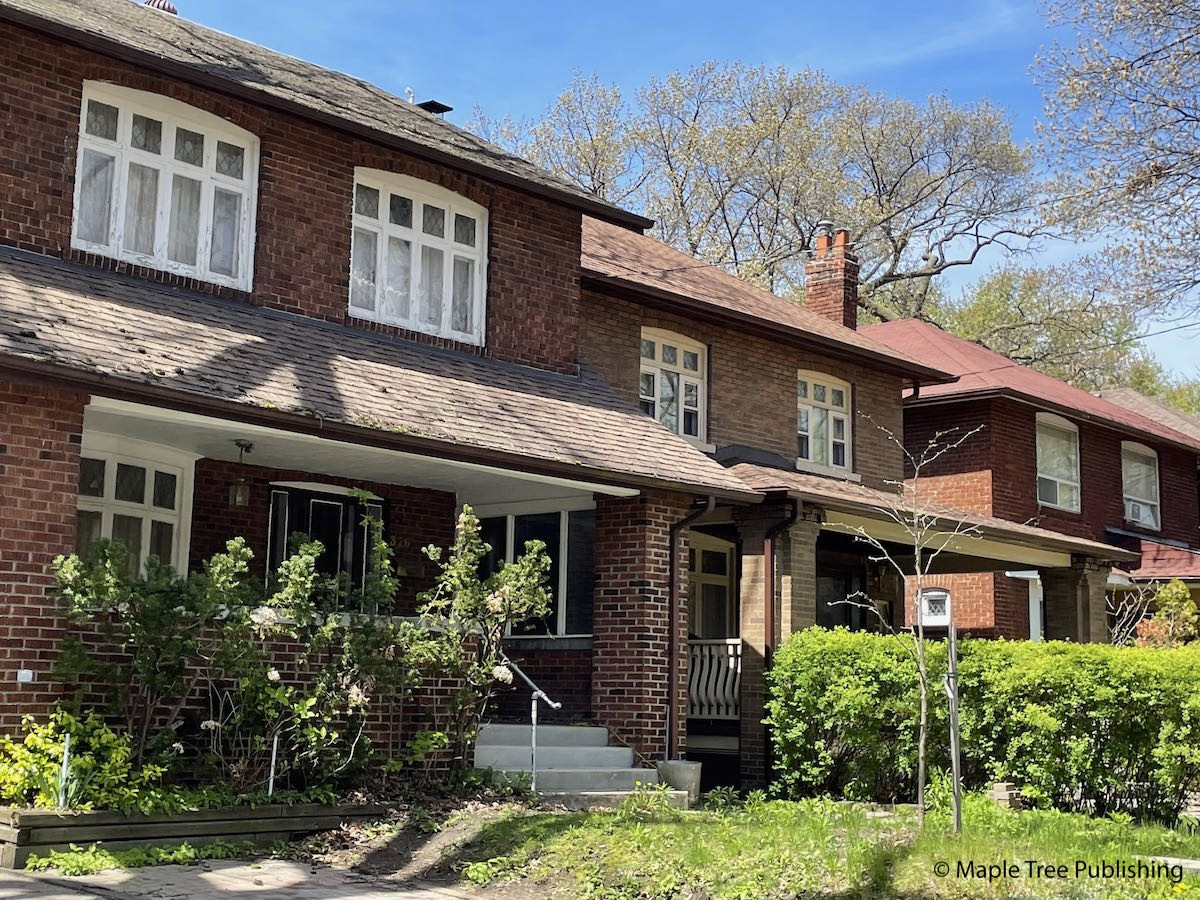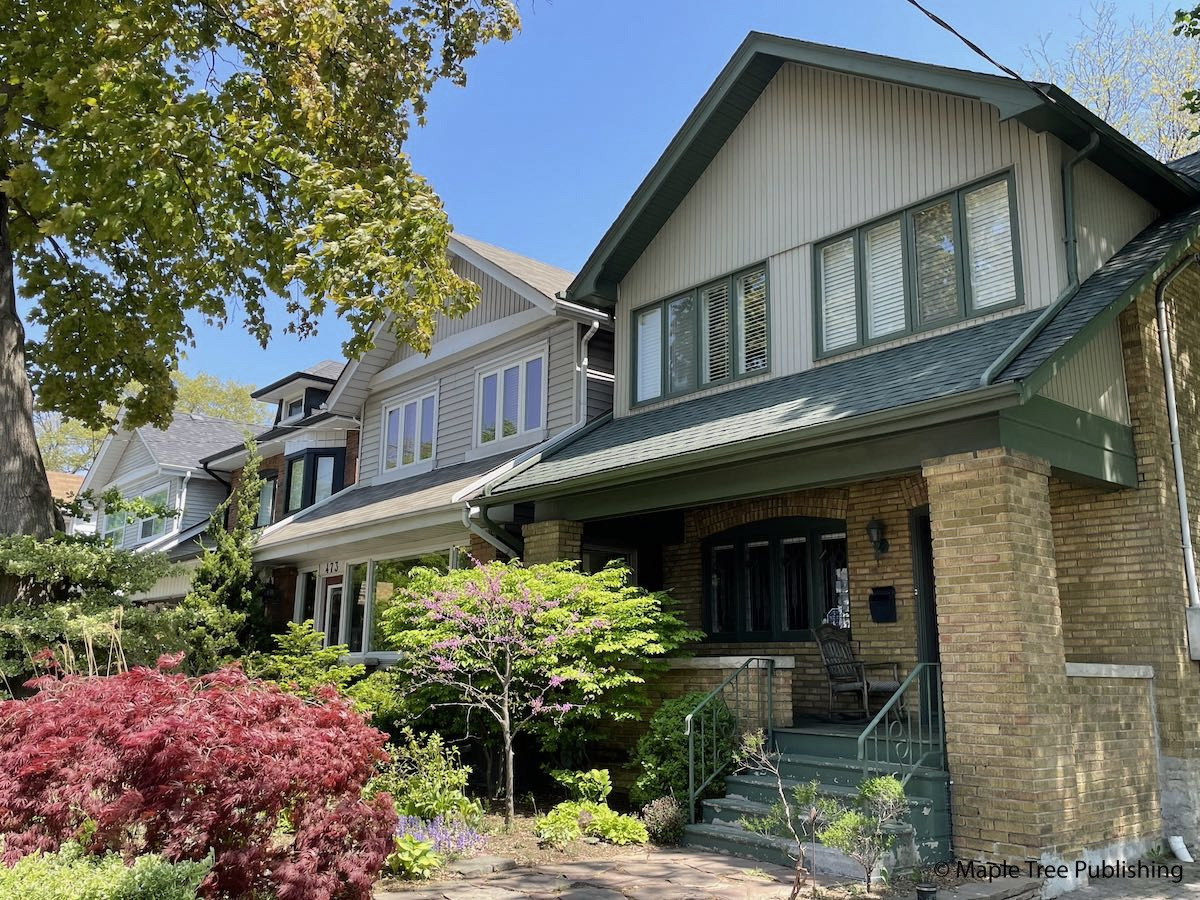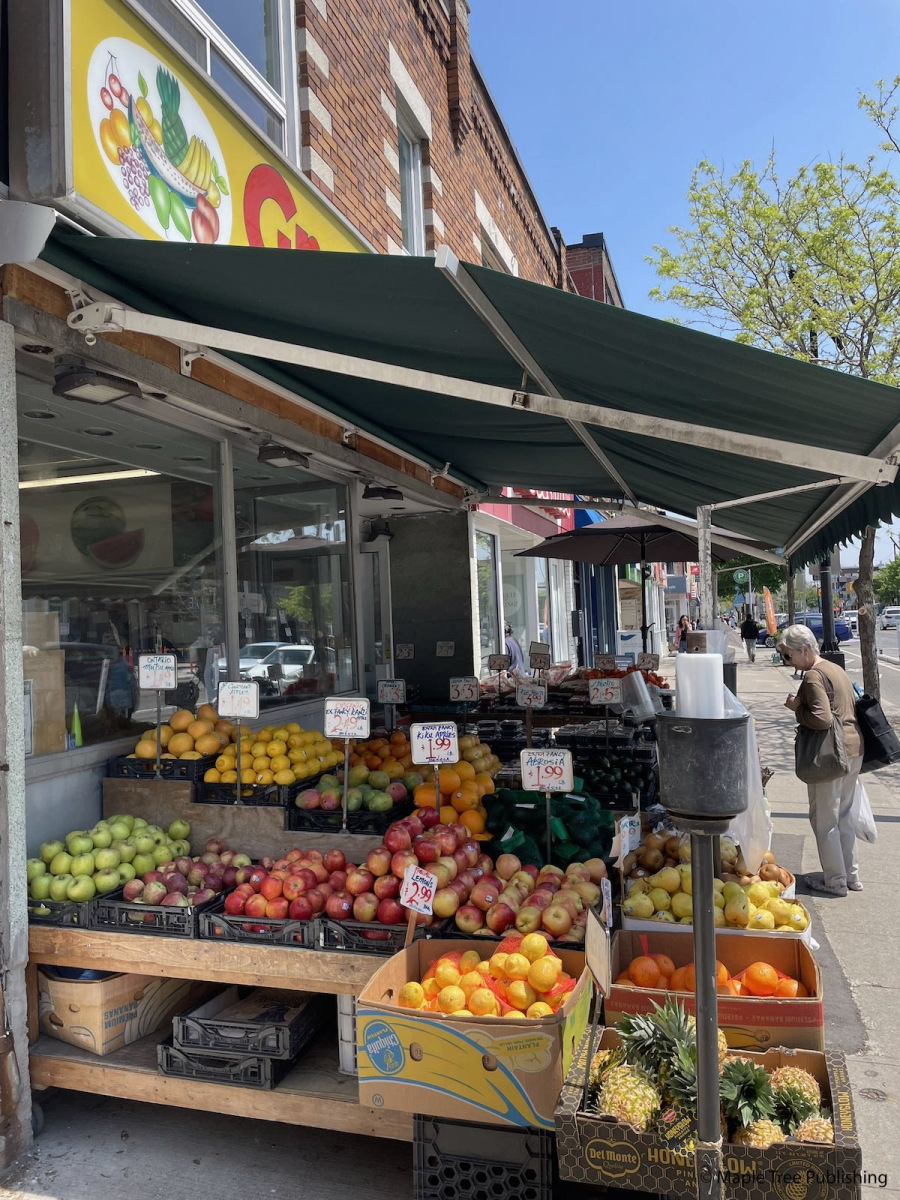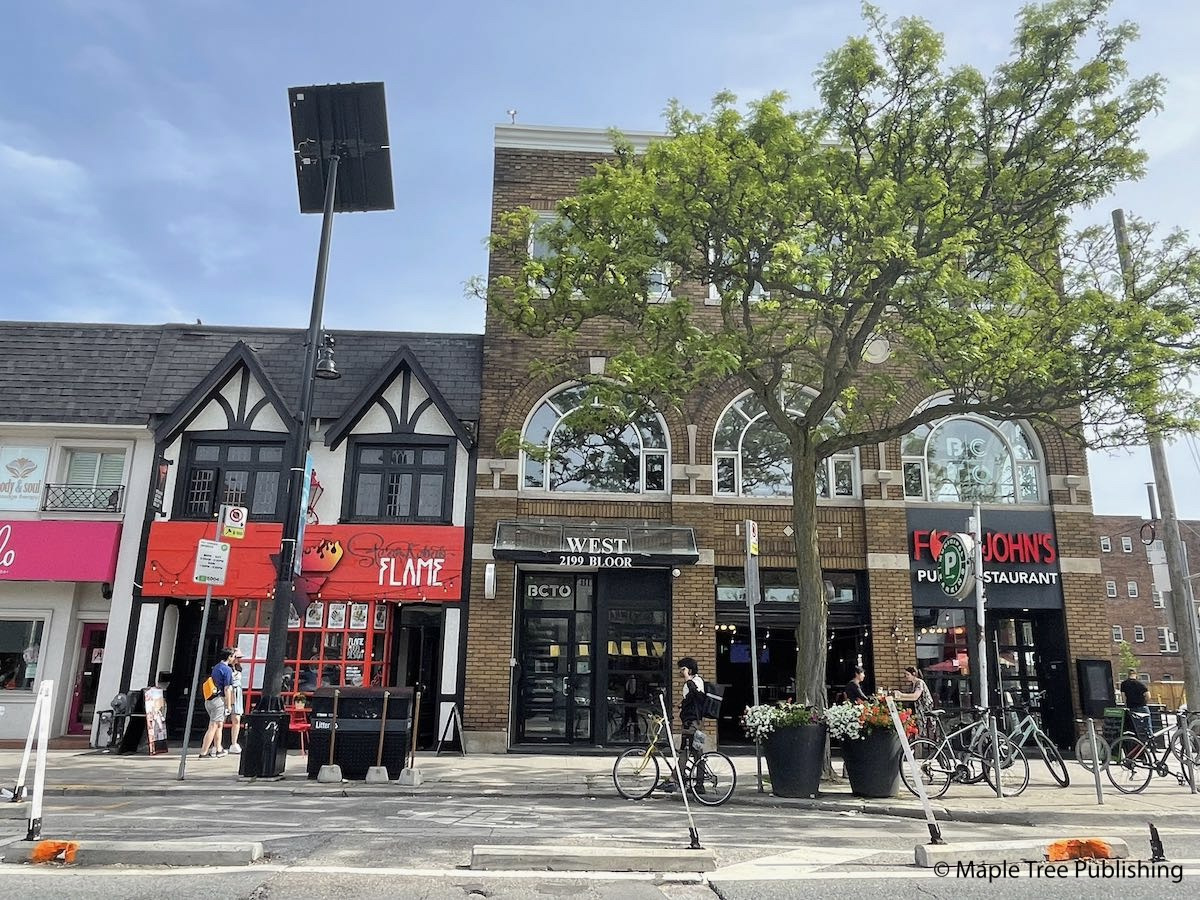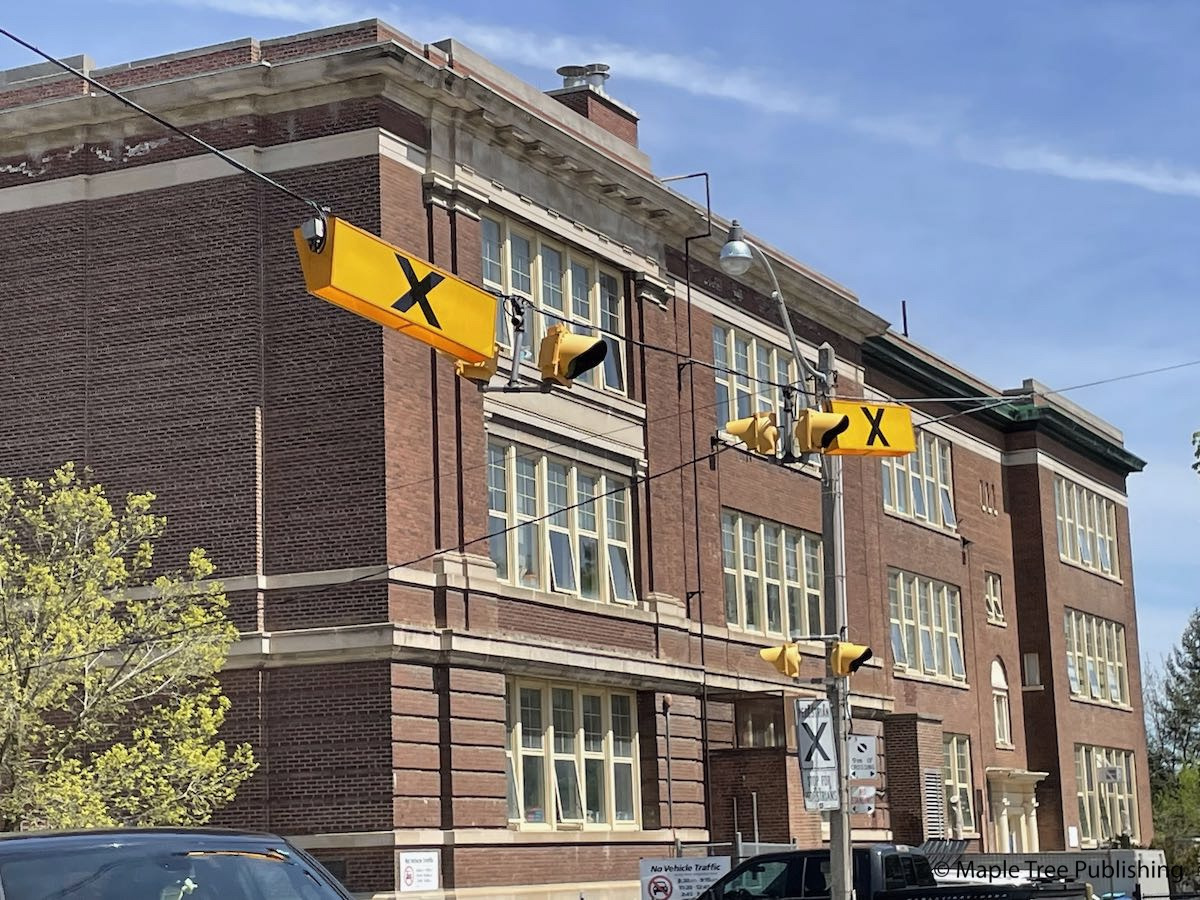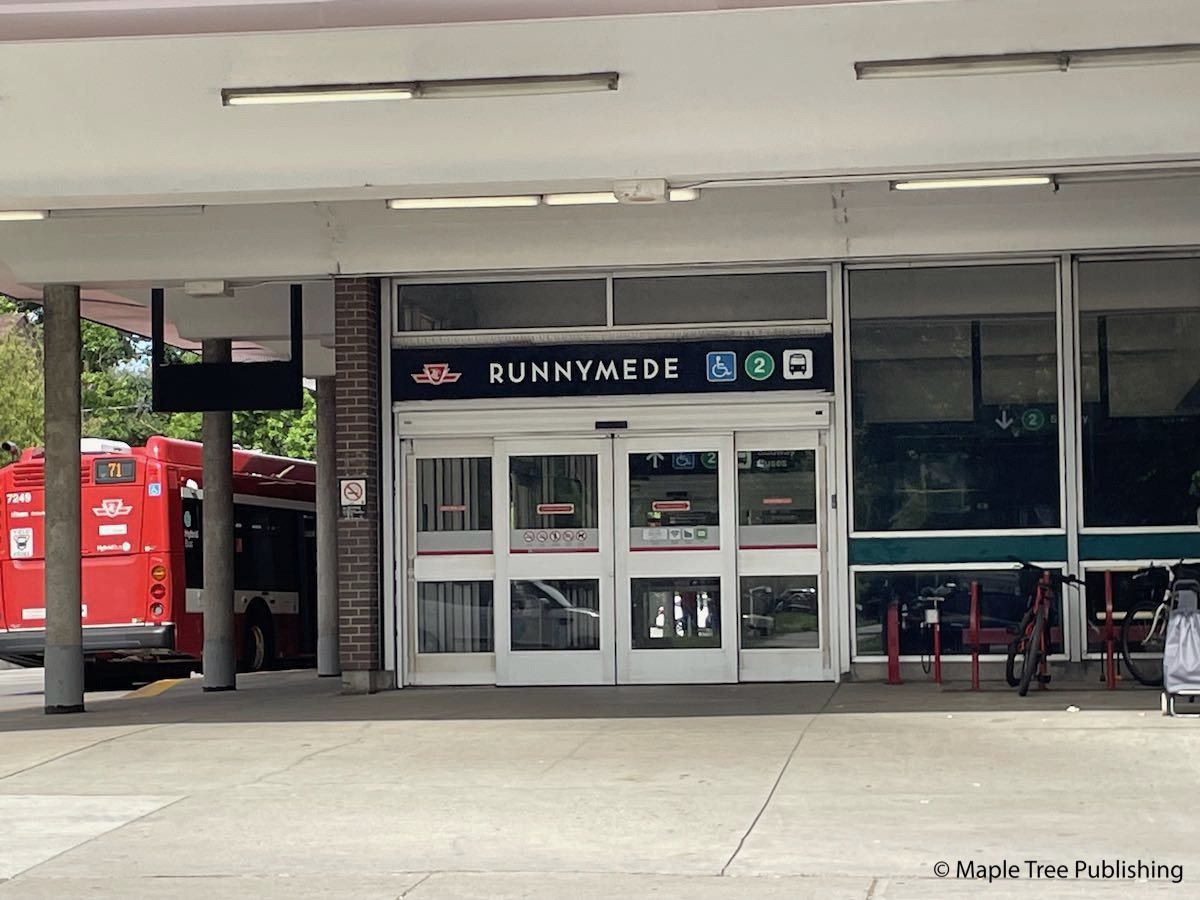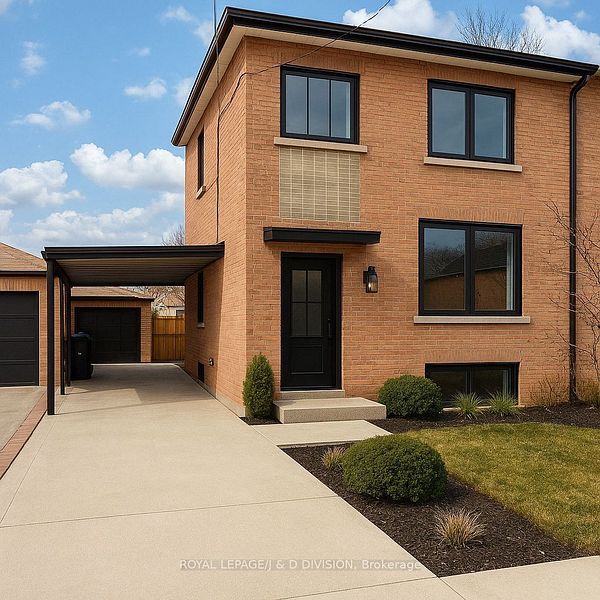Bloor West Village
History:
In the 1850’s, the area now known as Bloor West Village was the property of Lieutenant Colonel William Smith Durie, the first commanding officer of the Queens Own Rifles. The street that ran through his estate is now known as Durie Street. The present day neighbourhood began to be developed in 1909 when this district became part of the City of Toronto. Soon after amalgamation with Toronto, Bloor West’s roads were paved and city services were made available. Bloor West’s first residents were immigrants of Eastern European background. These are the residents who helped found the Bloor West Village Business Improvement Area, the first of its kind in Canada. This shopping district has helped make Bloor West Village one of Toronto’s most popular neighbourhoods.
Overview:
Bloor West Village is a popular neighbourhood for families. It has many excellent schools and is within walking distance of High Park – Toronto’s biggest and best known park. This west end neighbourhood is highlighted by the Bloor West Village retail district which attracts shoppers from all over the city.
Lifestyle:
The Bloor West Village Business Improvement Area is the oldest and most successful BIA in Canada. With over 400 shops, restaurants and professional services, local residents are well served and can acquire all their shopping needs right in their own neighbourhood. The Bloor West Village shopping district is as much about eating as it is about shopping. It’s a virtual smorgasbord of bakeries, delicatessens, specialty food shops, cafes and restaurants. Convenience stores, fruit and vegetable markets, dry cleaners, video stores, and other shops catering to everyday household needs, can also be found on Jane and Annette Streets.

Bloor West Village has a nice mix of independent and chain stores.

Bloor West Village shops are well patronized by the local residents who value the convenience of their neighbourhood shopping district.
Homes:
Bloor West Village homes are all fairly similar in size and style having been built in a relatively short period of time between 1912 and 1923. Bloor West Village houses feature deep front porches that are well shaded by the majestic Oak and Maple trees that line the streets of this neighbourhood. The majority of houses feature decorative oak accents, hardwood floors, and fireplaces.
Recreation:
The Bloor West Village (BIA) hosts many family-oriented festivals and events throughout the year. There is a June Sidewalk Sale, a July Festival, Ukranian Festival and Sidewalk Sale, Halloween Festival, Calvacade of Lights, and Christmas in the Village. High Park, a 399 acre parkland, is within walking distance of Bloor West Village. This Toronto landmark contains picnic areas, flower gardens, animal paddocks, a restaurant, an outdoor amphitheatre, sports facilities, a trackless train, an adventure playground and a large pond. Annette Recreation Centre is attached to the Annette Street public school. This Centre has an indoor pool, a small gymnasium and a baseball diamond. A little bit east of the Annette Centre is the Annette Street Public Library which offers programs for adults, children, and preschoolers. Bloor West Village also has one movie theatre the Humber which is conveniently located on Bloor Street, just west of Jane Street.
Transportation:
The Jane and Runnymede subway stations, are part of the Bloor-Danforth subway line. They are both within walking distance of the homes in Bloor West Village. The Annette Street bus connects passengers to the Dupont subway station on the Yonge-University-Spadina subway line. There are additional bus routes on Jane Street and Runnymede Road. Motorists are approximately ten minutes from the Gardiner Expressway and Lake Shore Boulevard. Both these routes provide quick access into and out of the city.
Featured Listings
Bloor West Village Stats
Walkability:
High
Bikeability:
High
Public Transit:
High
Affordability:
Low
Greenspace:
Medium
Recreation:
Medium
Legend: Low, Medium, High
Commute Times
* All commuting times provided are approximate times only. Commute times may increase or decrease depending on where you live within the neighbourhood and the time of day i.e rush hour versus off hour commutes. Time estimates to public transit are based on walking distance or bus line connection whichever is quicker. All other commute times on the chart above are based on drive times.
School Guide
No Records Found
Sorry, no records were found. Please adjust your search criteria and try again.
Google Map Not Loaded
Sorry, unable to load Google Maps API.
Toronto School Resources

Editor’s Note. BEFORE MOVING INTO, BUYING OR RENTING A HOME, PLEASE CONTACT THE SCHOOL YOU ARE CONSIDERING BY PHONE to ensure your home is within the designated boundaries and that your child is age appropriate. WE CANNOT BE HELD RESPONSIBLE FOR ANY MISINFORMATION REGARDING SCHOOL ENROLLMENT SO DO NOT ASSUME that your child can automatically attend a specific school or specialized program until you have official confirmation from that school. Please visit the school board web sites for more information.
